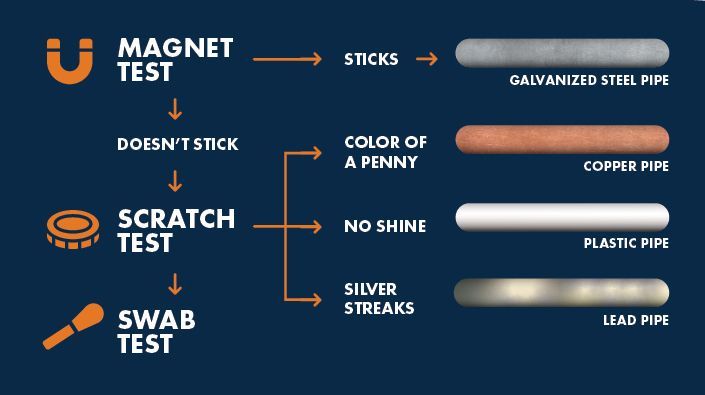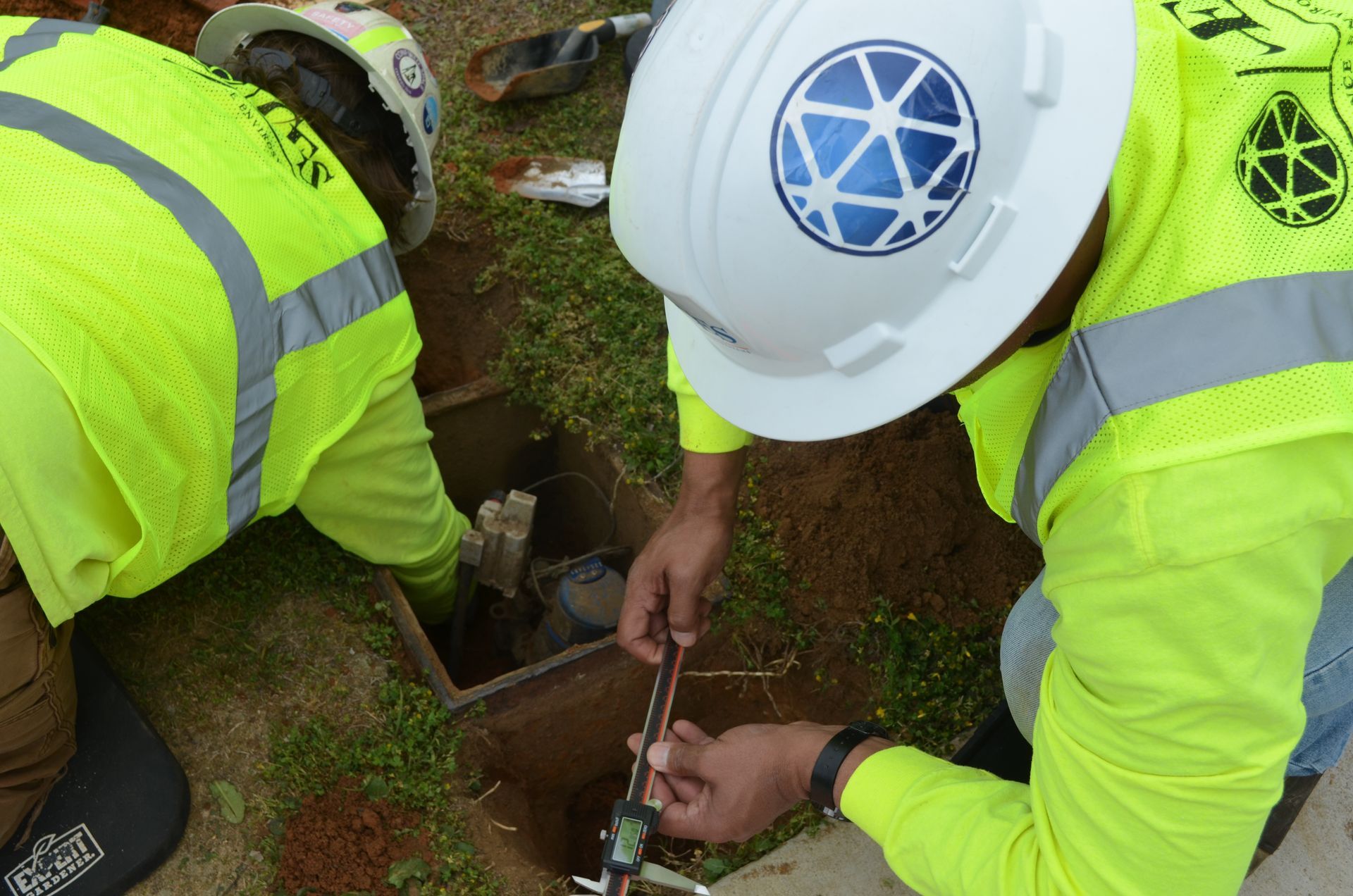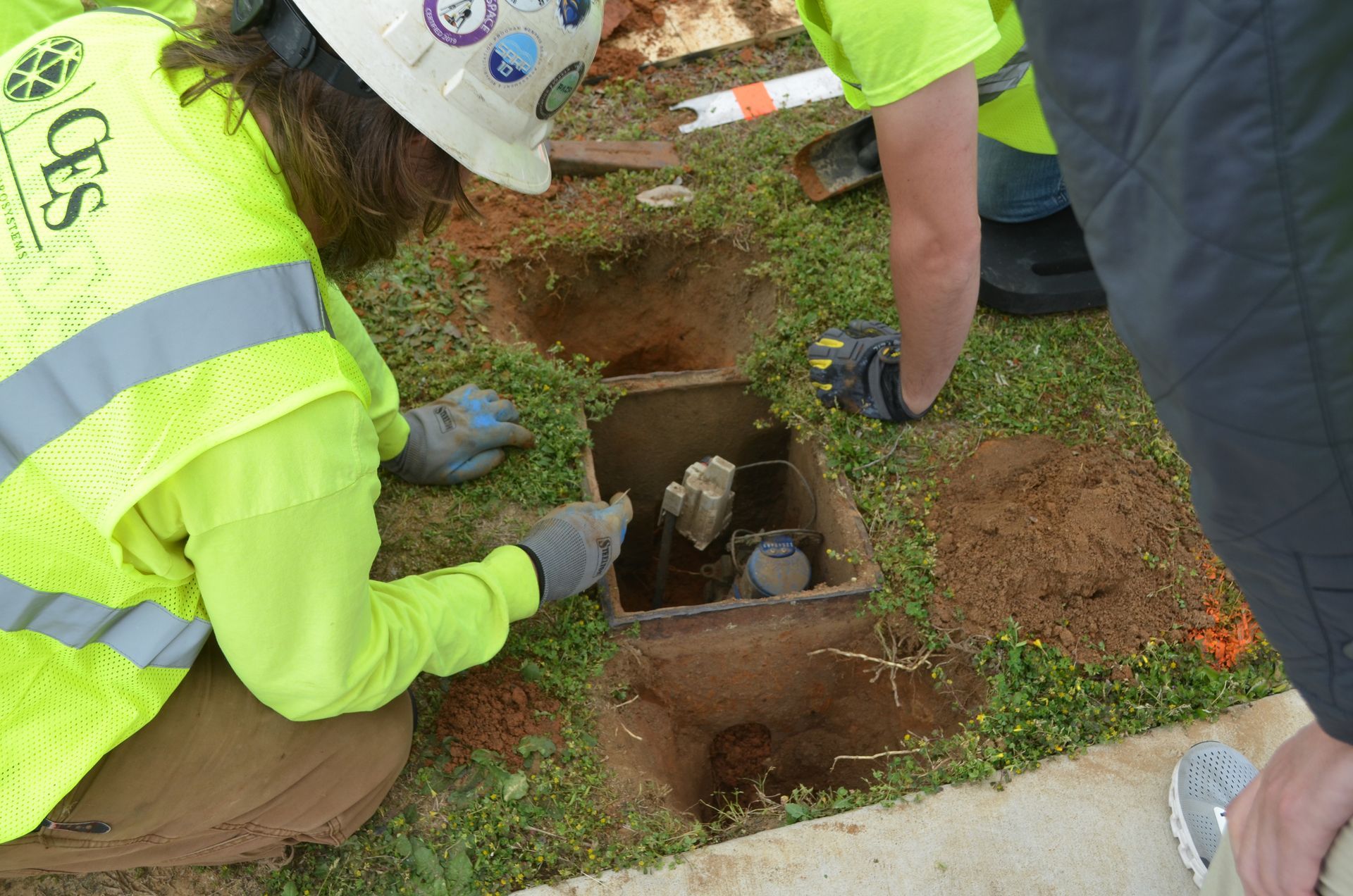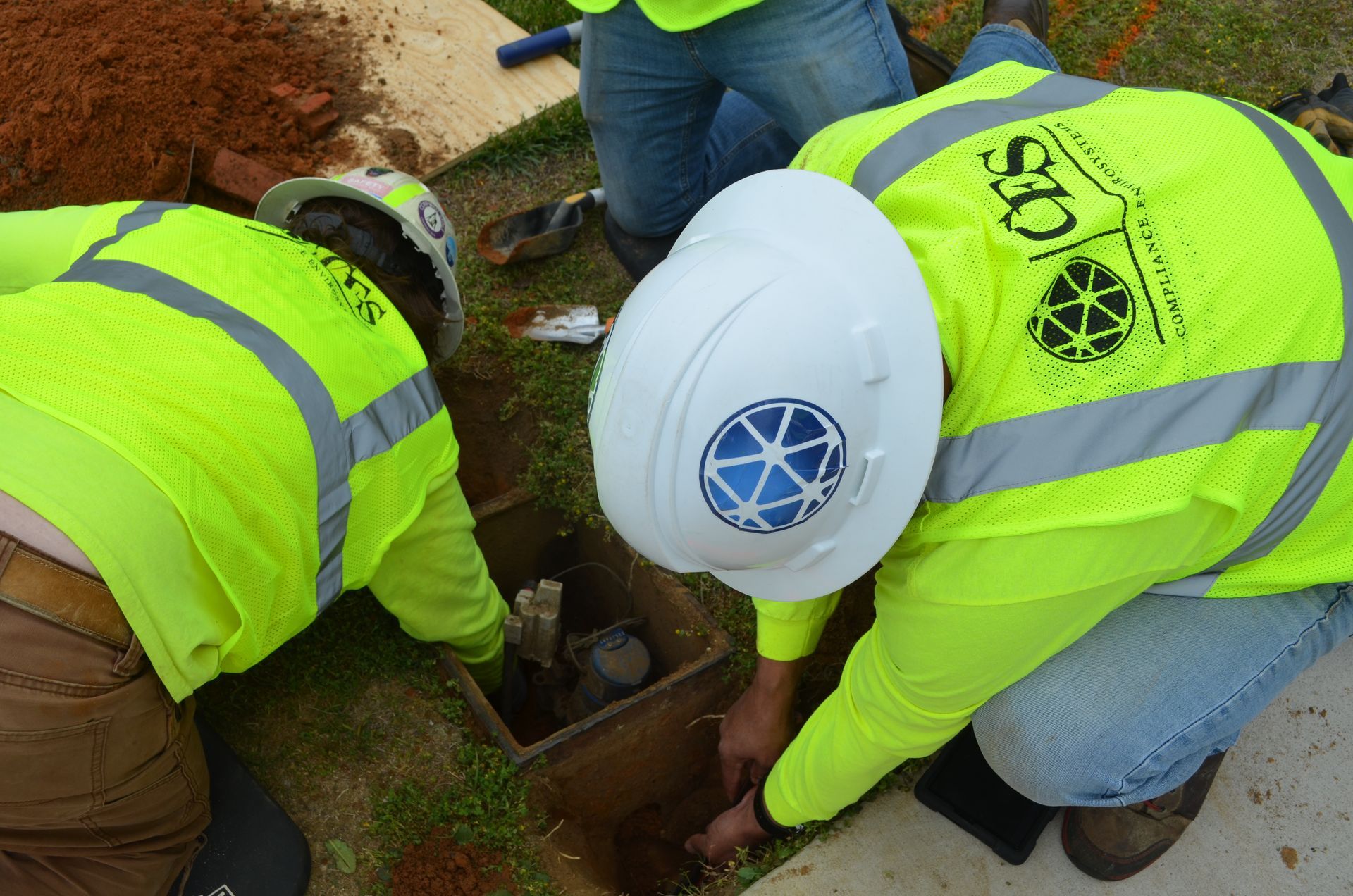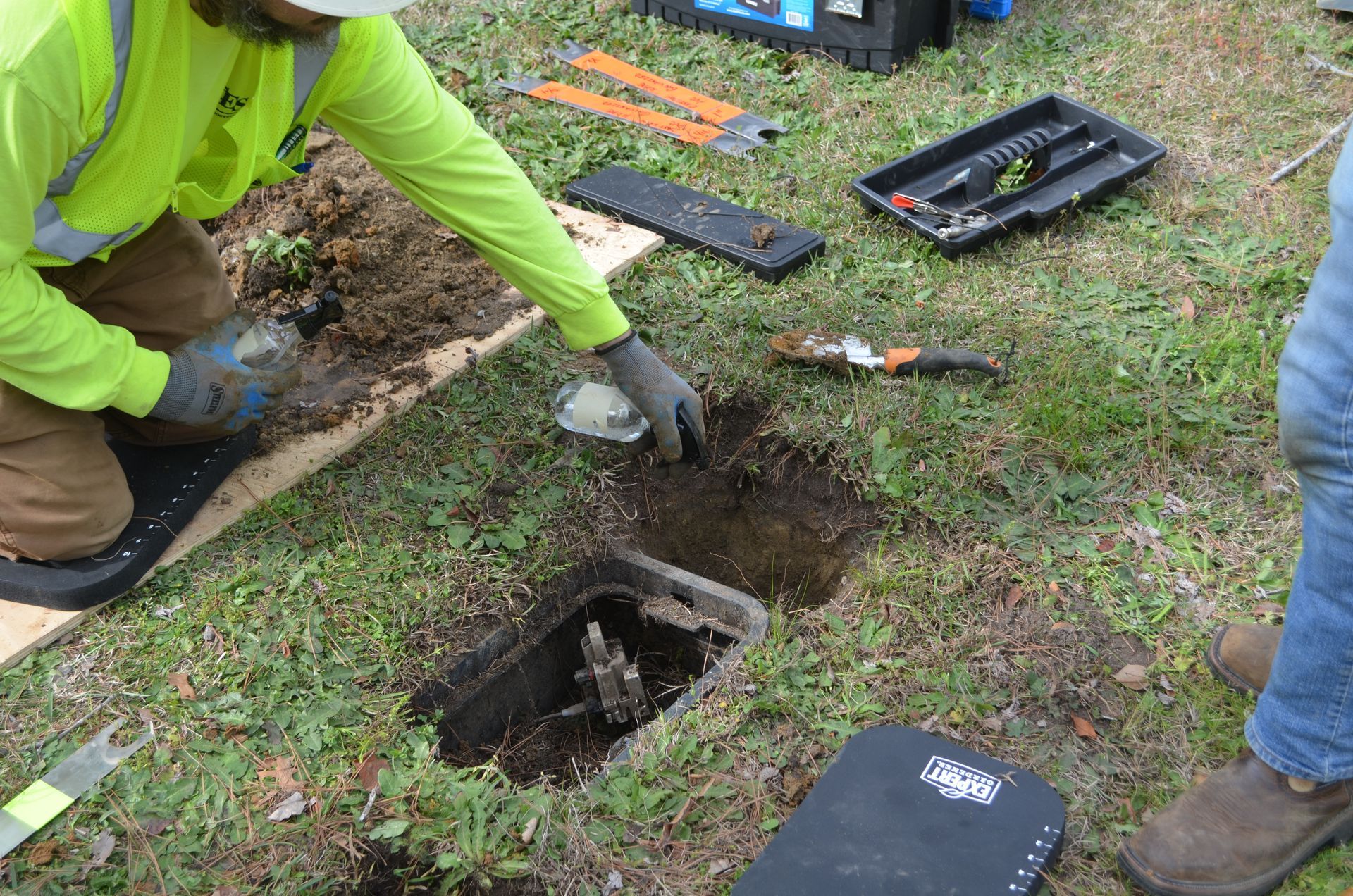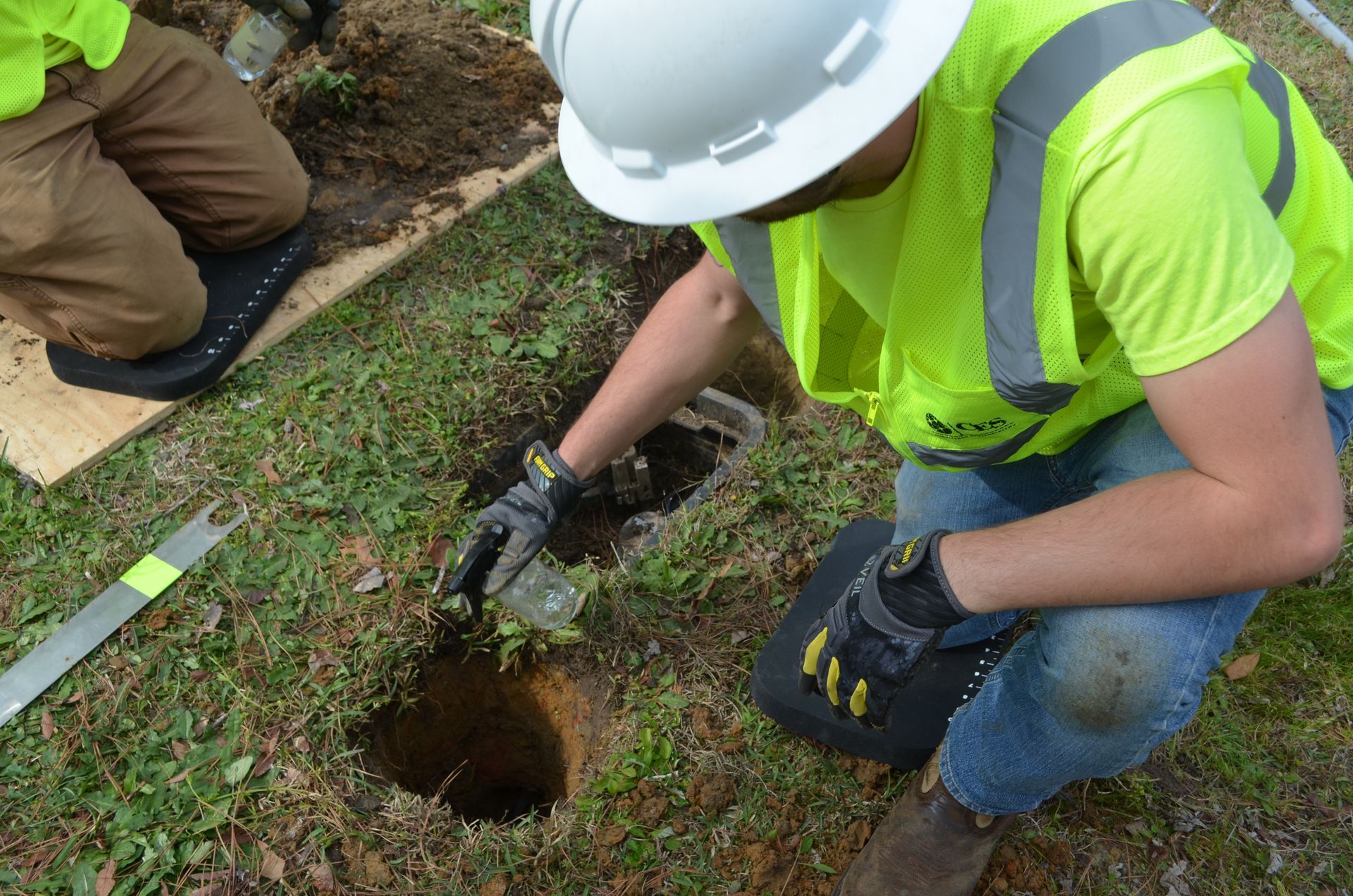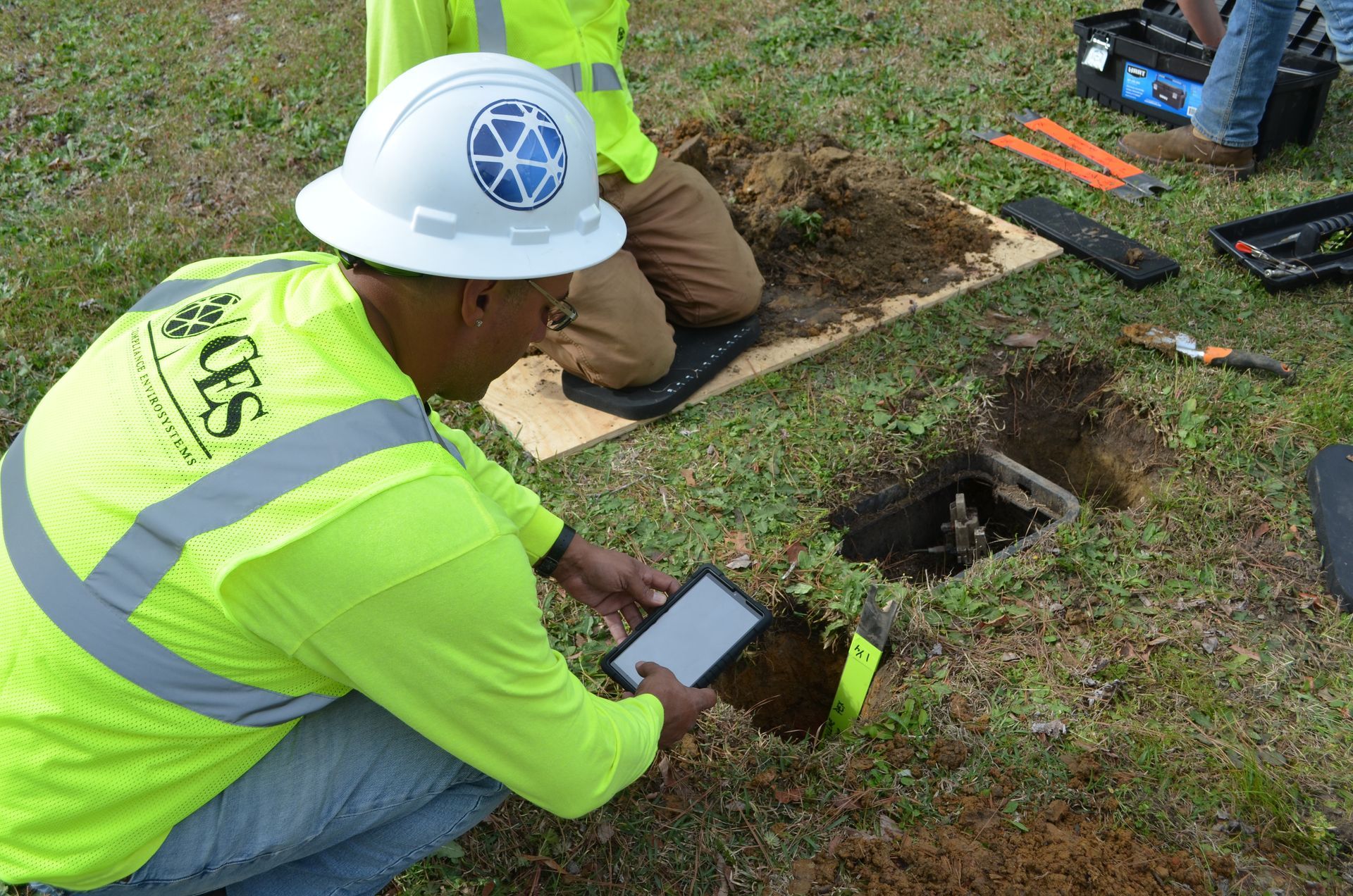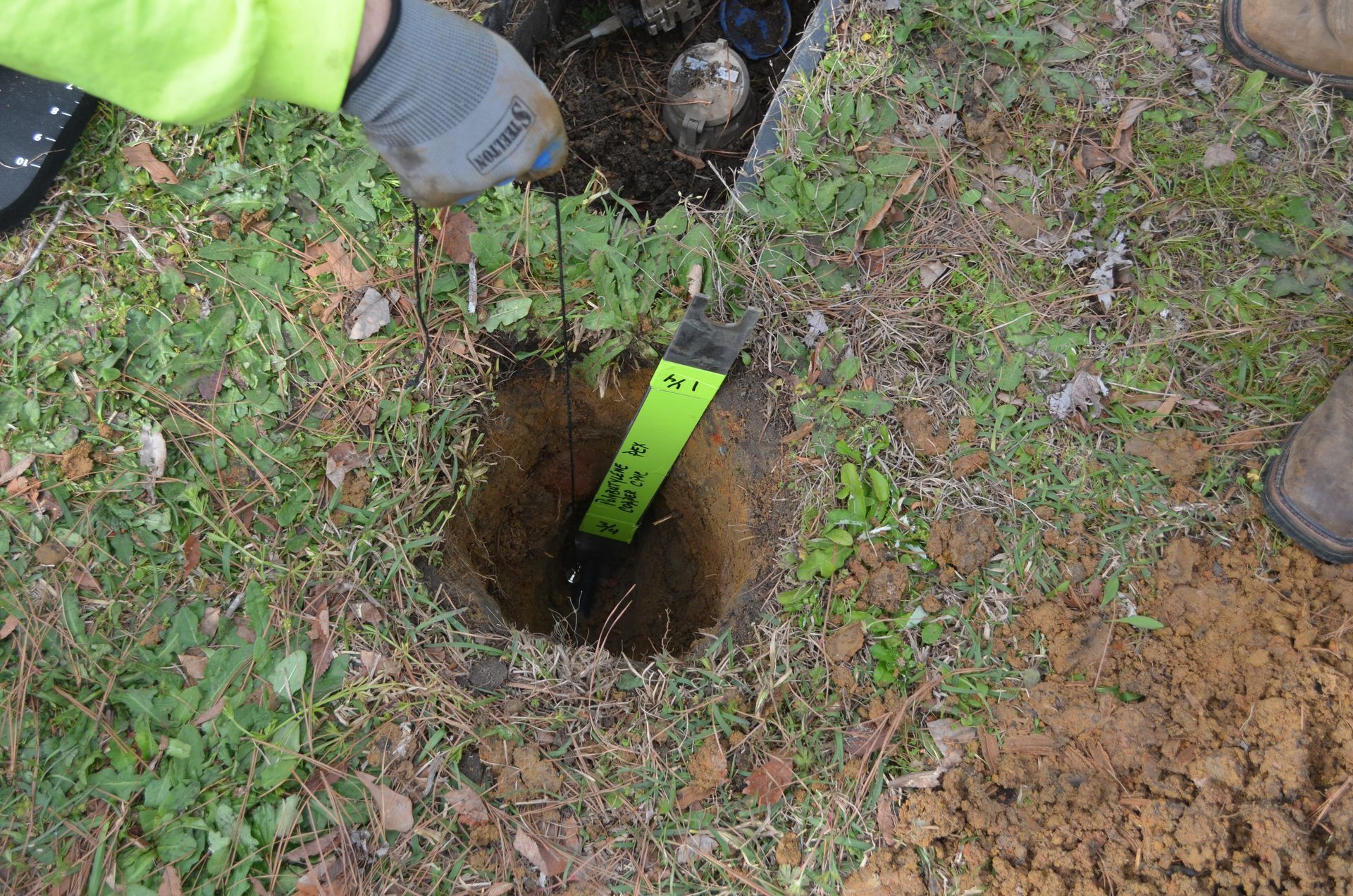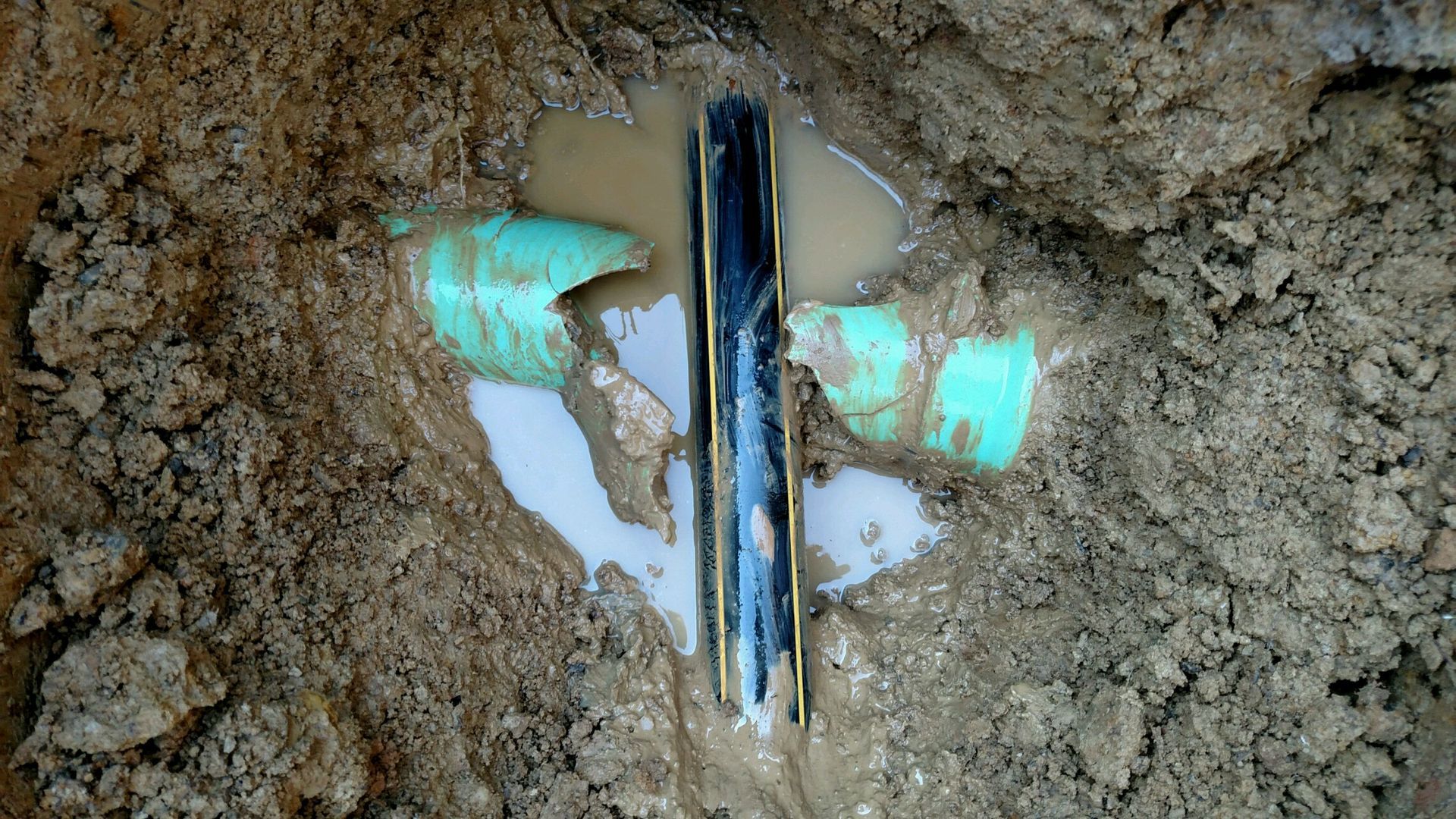The CES Process: Lead Service Line Inventory (LSLI)

On October 8th 2024, the EPA issued a final rule requiring drinking water systems across the country to identify and replace lead pipes within 10 years.
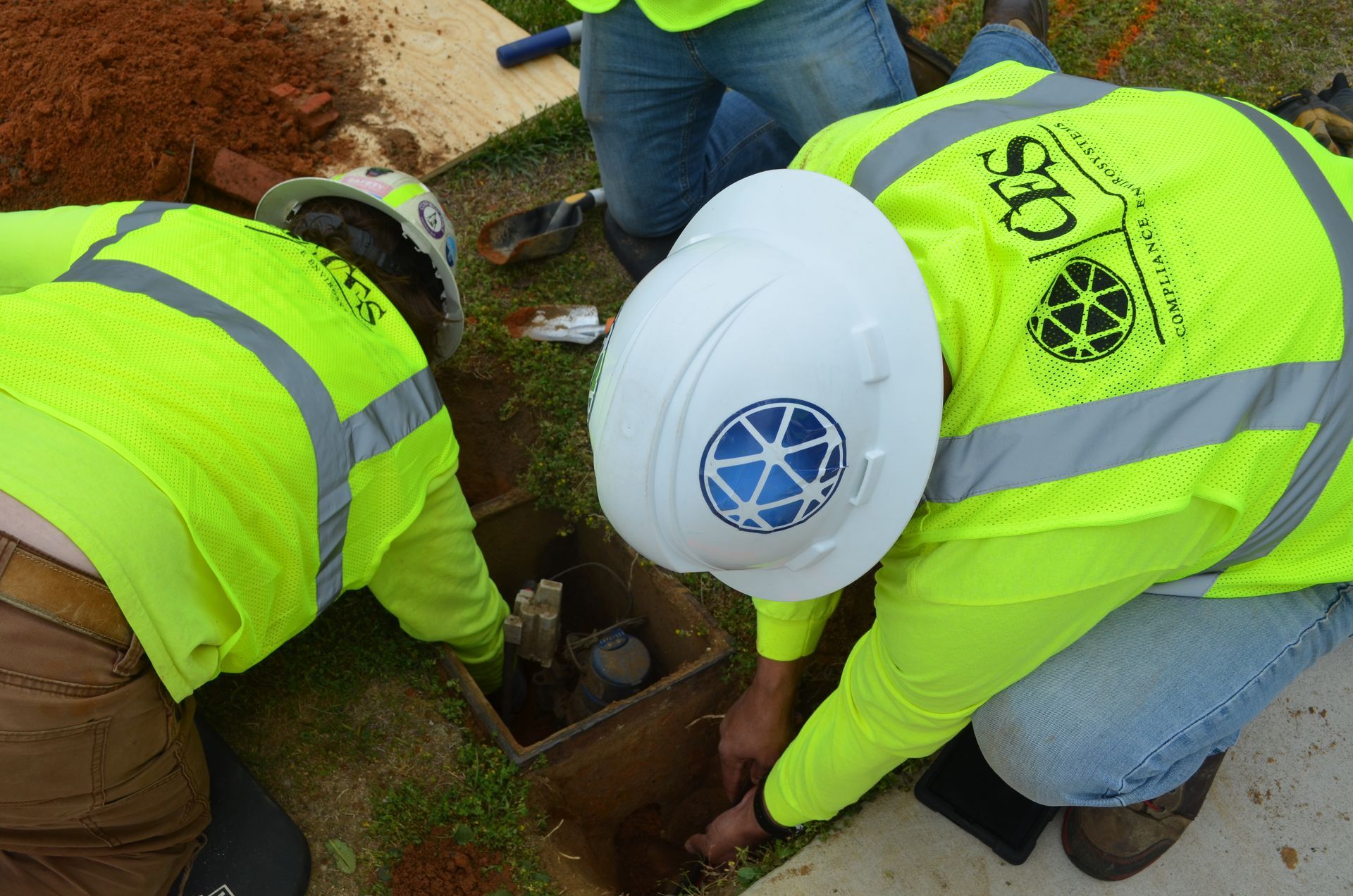
CES is experienced in identifying lead pipes on both the utility & private side of the water meter. Our capabilities allow us to perform the necessary tests to identify pipe material quickly and quietly.
Our team has successfully inventoried over 35,000 residential addresses.
Funding for LSLI
Drinking Water State Revolving Fund
The Drinking Water State Revolving Fund can provide financial assistance to publicly-owned and privately-owned community water systems, as well as non-profit non-community water systems, for drinking water infrastructure projects.
Service line identification is an eligible DWSRF expense, regardless of pipe material and ownership of the property on which the service line is located. More Information about Funding:
Identifying Funding Sources for Lead Service Line Replacement | US EPA
Process
Once the pipe has been exposed through vacuum excavation, the following steps are
implemented to identify the pipe material:
Step 1: Ensure that the exposed pipe to be identified is not immersed in water and has been wiped clean with a towel to remove dirt and debris.
Step 2: Visually inspect the pipe.
Step 3: Identify the pipe material based on visual appearance. See appearance chart example
(Attachment A).
Step 4: Identify the pipe material based on results of a scratch test. See scratch test examples
(Attachment B).
Step 5: Identify the pipe material based on results of a magnet test.
Step 6: Identify the pipe material based on results of a solution test.
a. Spray surface to be tested 2 times with Solution 1
b. Spray the same area 1-2 times with Solution 2
c. Read the results. An immediate change to yellow indicates the presence of lead.
Step 7: Measure the diameter of the pipe utilizing either the custom measuring bar tool or an
electronic caliper.
